Antique, Modern Arts Breathe New Life into Dong Ethnic County
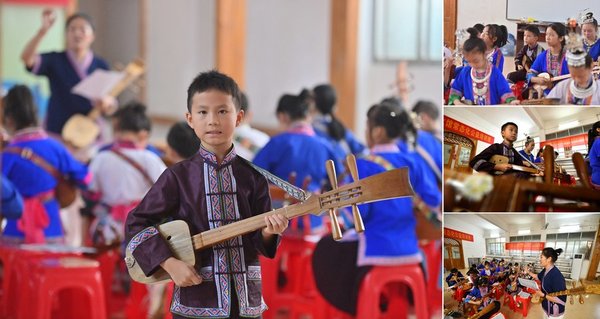 |
| This combo photo shows primary school student Pan Wenxiang, 9, posing for a photo (L) and Pan learning singing songs of the Dong ethnic group during a training course (R) in Sanjiang Dong Autonomous County, south China's Guangxi Zhuang Autonomous Region, July 13, 2023.[Xinhua/Huang Xiaobang] |
NANNING, Nov. 21 (Xinhua) — The signature embroidery with a centuries-long history of the Dong ethnic group and their modern farmer paintings are breathing new life into Dong people's intangible cultural heritages while bringing locals considerable incomes.
Dong people mainly live in China's Guangxi Zhuang Autonomous Region, Hunan Province and Guizhou Province. Sanjiang Dong Autonomous County, which sits in a mountainous area at the junction of Hunan, Guangxi and Guizhou, is a densely populated county for Dong people.
The county, with over half of its residents from the Dong ethnic group, has preserved various ancient distinctive handicrafts. Among the cultural heritages is the Dong embroidery, a combination of paper-cutting and flower embroidery skills that has existed for nearly 1,000 years.
In the past, due to the poor traffic infrastructure, young generations in the county preferred to work outside their hometown, leaving the place in grinding poverty and the Dong embroidery lacking inheritors.
However, the local government reached out a helping hand, building an inheritance base for the antique craft with training courses and a complete sales network for the embroidery products set up.
Wei Qinghua and her daughter Qin Guizhen co-founded the Qing Hua Embroidery Workshop, dedicated to the inheritance and further promotion of the Dong embroidery. They integrate the Dong embroidery art into decorative rings, earrings, bracelets, and other ornaments.
Now, their handicrafts are also sold online, winning the hearts of young consumers across China. The two also traveled to the United Kingdom, the Republic of Korea, and other foreign countries and regions to display their charmful embroidery.
Their products have participated in various fairs and expos, including the China-ASEAN Expo, and have been exported to Europe, the United States, and Southeast Asia.
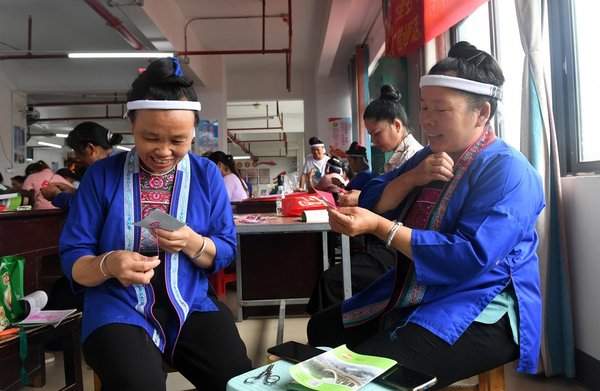 |
| Women learn embroidery at a training class in Guyi Township of Sanjiang Dong Autonomous County, south China's Guangxi Zhuang Autonomous Region, June 16, 2022. [Xinhua/Lu Boan] |
"Our embroiderers are constantly improving their skills, replacing ordinary cotton yarns with threads of brighter colors. Their adaption has made the patterns even more colorful than before," said Wei Qinghua.
Nowadays, the embroiderers spend their spare time on the items, which helps them earn more than 2,000 yuan (about 280 U.S. dollars) each month per person, she added. Over the years, her workshop has trained more than 2,500 embroiderers, creating more than 300 jobs in the county.
Besides the ancient handicrafts, Sanjiang is also giving its traditional farmer paintings a modern touch. Local Dong farmers love to draw things based on their daily lives and production activities. And now, their hobby has proved to be lucrative.
The Museum of Dong Paintings in Sanjiang displays many colorful farmer paintings with rich contents and scenes. The fans, porcelain, scarves, and other derivatives inspired by the artworks draw visitors' attention.
"We often invite teachers to teach us how to paint better and take our painters to local communities, villages, and schools to pass on their painting skills," said Wu Fanyu, founder of a local art gallery and also a representative inheritor of Sanjiang's farmer paintings.
Wu added there are several public welfare training sessions held every year, and now many children are getting to know and learn the farmer paintings.
The Dong people had lived in relatively isolated mountains and river valleys for thousands of years. Not until 2014, when a high-speed railway began to run through the country, did the county become a sought-after tourist attraction.
For the locals, people-to-people exchanges, protection and inheritance efforts, and innovations during the art process have all contributed to the ethnic county's rural revitalization in modern days.
(Source: Xinhua)
Please understand that womenofchina.cn,a non-profit, information-communication website, cannot reach every writer before using articles and images. For copyright issues, please contact us by emailing: website@womenofchina.cn. The articles published and opinions expressed on this website represent the opinions of writers and are not necessarily shared by womenofchina.cn.


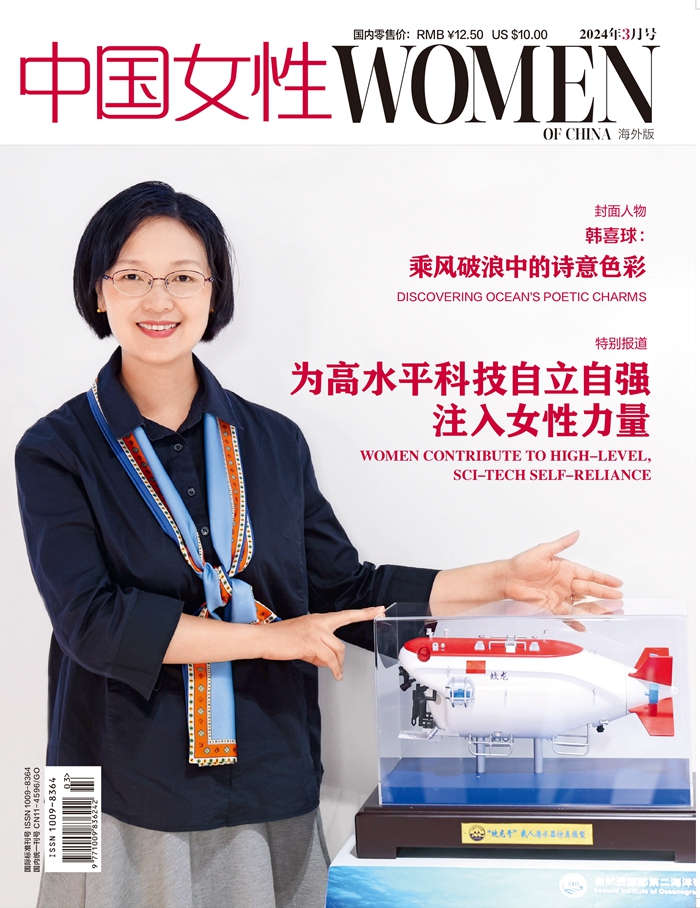

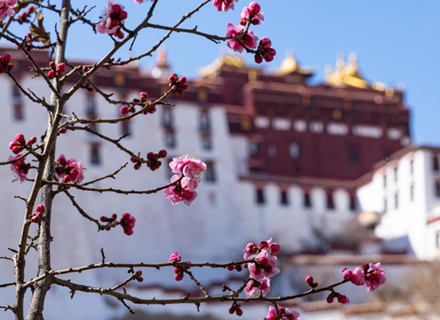
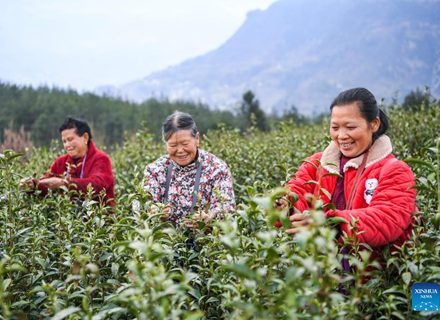


 WeChat
WeChat Weibo
Weibo 京公网安备 11010102004314号
京公网安备 11010102004314号